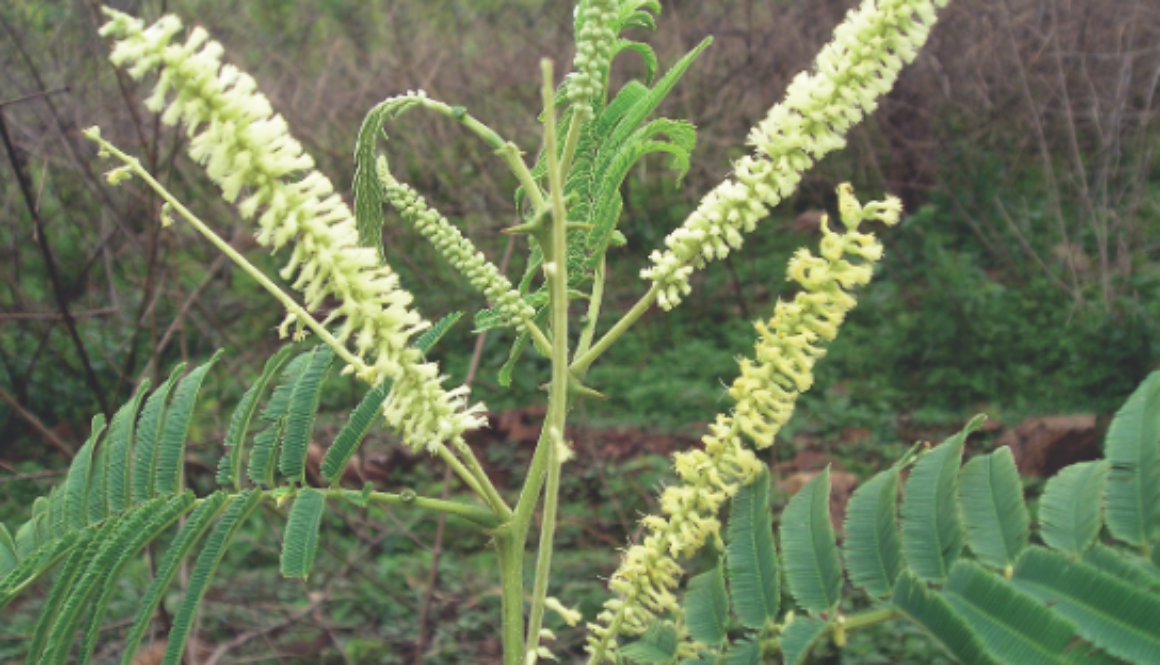Kumbat
It is a small, prickly tree common on wastelands and gravels throughout the desert. It has glabrous-grey pubescent branches having hooked or straight spines. The two spines are slightly curved upwards and middle one curved
downward. Leaves dark green. Flowers in whitish fragrant spikes. Fruit is linear, oblong, thin flattened pod, pale brown, 3-6 seeded. Flowering and fruiting in August – January.
Part used: Gum resin, Stem and Flower
Usage: Source of true gum Arabic, which is demulcent and cures intestinal trouble because of soothing effect on mucous membrane. Externally it is applied on inflamed parts and bums and sores. It cures malaria, cough and
sore throat. Gum is used to prepare sweet dishes which are used after delivery as a tonic. Twigs are used for cleaning teeth. The bark decoction is beneficial as a gargle and mouth wash in throat infection. The decoction of
flowers is used to wash the infected eyes by desert dwellers. Seeds eaten as vegetable.
Agrotechniques : Propagated through seeds, it prefers sandy loam soils besides sand dunes and rocky areas. Direct sowing of seed! one year old plant prepared in nursery can be planted in June-July. It requires 1-3 irrigations in first year after plantation to ensure better survival. Weeding as and when required after planting. Gum is collected from bark.
Pods are dried in the sun light and seeds are taken out.

